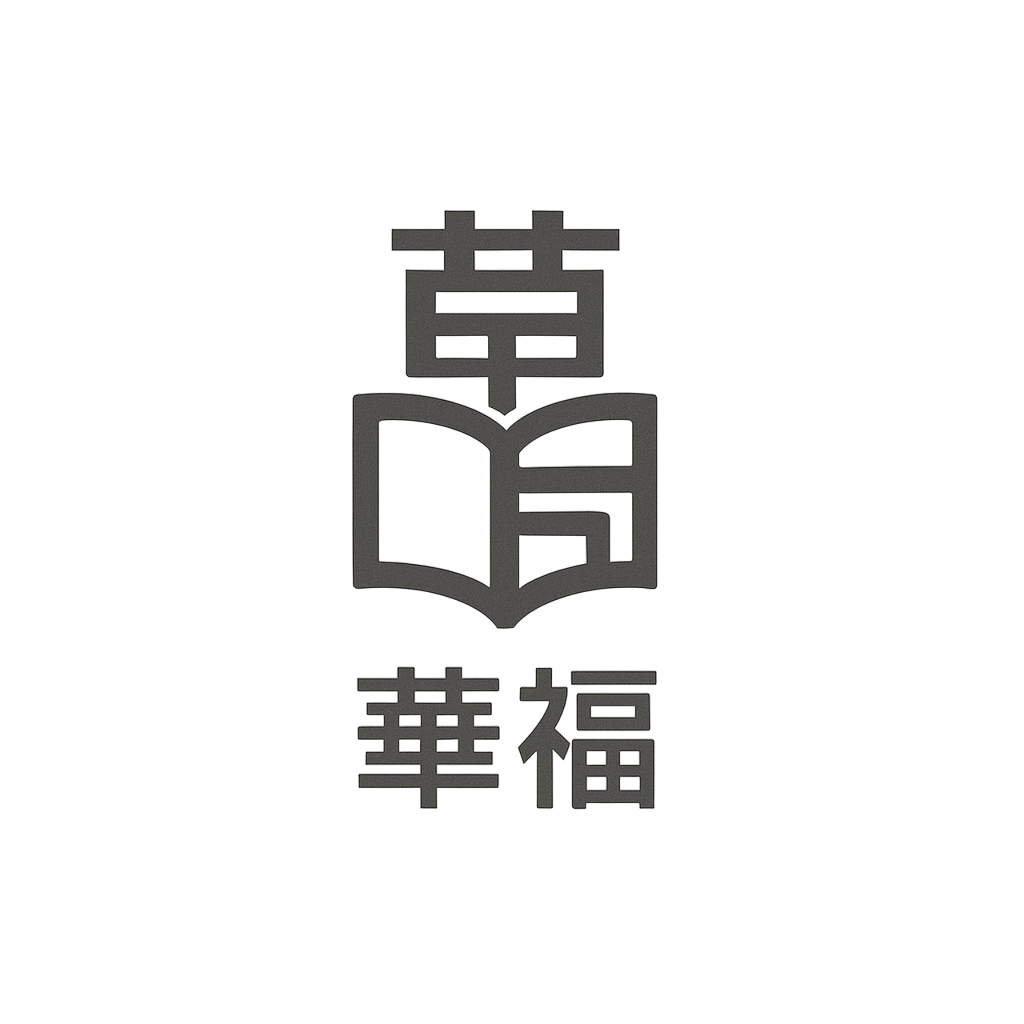Taoism
Taoism originated from Taoism, but the biggest difference between the two lies in their views on life and death: Taoist thought advocates a naturalistic wisdom of life and death, while Taoism advocates that through human cultivation, one can compete with natural life and death. Judging from the history of the ancients' emphasis on cultivation and alchemy, Taoism emphasizes longevity and immortality when facing life and death, attaches importance to health preservation, and emphasizes the worldly view of "my life is in my own hands." Regarding death, Taoism believes that humans are composed of the so-called "three souls and seven spirits." Therefore, after the physical body disappears, in order to prevent the soul from dispersing, "rituals" must be used to concentrate the mind, through the practice of refining and praying for the dead, to liberate the deceased soul. This also led to the following funeral process:
1. Open Altar (開壇請聖)
At the beginning of the funeral, taoist priest will purify the altar with talismans and holy water to clear the unclean air in the venue, symbolically transforming the altar into a holy city in preparation for subsequent rituals.
2. Summoning spirits (啟靈招亡)
Taoist priest will first create a "pass" (a symbol of the deceased's journey to the underworld) to ensure the deceased's soul's safe passage to the ritual site.
Then, taoist priest will ring a bell three times to summon the deceased's soul to participate in the subsequent ritual.
3. Chanting (誦經拜懺)
A crucial part of Taoist funeral is the repentance and chanting of sutras by a taoist priest, designed to allow the summoned soul to hear the Dharma. Only when the soul sincerely repents can its sins be fully forgiven.
4. Breaking the Hell’s Gate (破地獄 / 五路燈)
The "Breaking the Hell’s Gate" (破地獄) ritual aims to liberate the deceased. Taoist priest chants sutras and offers repentance, cleansing the deceased's sins. After these rituals, the deceased bathes, changes clothing, and crosses a golden or silver bridge, symbolizing a path to the immortal realm or the path to reincarnation.
If the deceased is over 60 years old and passed away due to illness, the "Five-Way Lantern" (五路燈) ceremony may also be performed. This ritual aims to open a bright path for the deceased. By lighting five lanterns, it symbolically dispels darkness and guides the soul toward a peaceful place, allowing the deceased's spirit to complete this journey peacefully.
5. Ten Hall of Justice (遊十殿)
Led by a taoist priest, the spirit tablet of the deceased journeys through the ten halls of hell. Along the way, the spirit witnesses the various torments of each hall and experiences the punishment and pain within.
The purpose of this ritual is to awaken the soul through the visions of hell, allowing it to let go of its past obsessions and confusion, thereby freeing it from attachment and preparing for the subsequent salvation and ascension to heaven. It is also a journey of reflection and purification, allowing the soul to move towards a higher spiritual realm.
6. Crossing the “Gold and Silver Bridges” (過金銀橋)
It symbolizes the transition of the deceased's soul from the underworld to the fairyland or resting place, and also represents the deceased's formal escape from the troubles of the mortal world.
7. Liberate deceased relatives (坐蓮花)
The significance of this ceremony is not only to relieve the sins of the deceased, but also to honor the deceased and to pray for the deceased's ancestors to transcend the afterlife. This ceremony is intended to help the deceased's relatives and friends to attain liberation.
8. Settling the spirit of the departed (交經送亡)
At the end of the ritual, the nanmu master will explain to the deceased the merits accumulated during the ritual, helping the soul to break free from the constraints of the spirit tablet and safely reach the paradise of rest. At the same time, the master will respectfully invite the various holy deities to return to their original positions.
